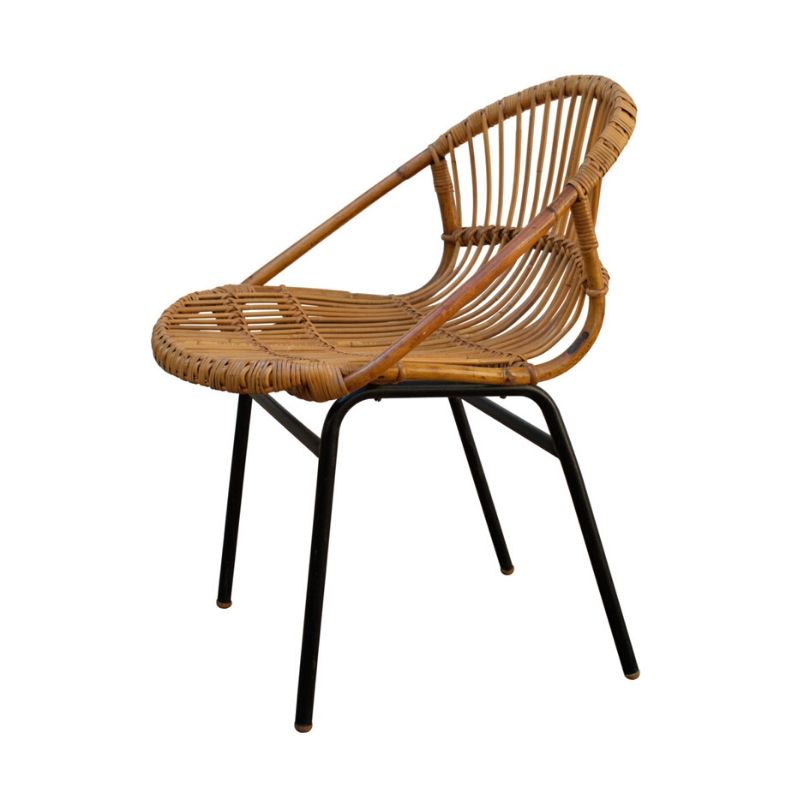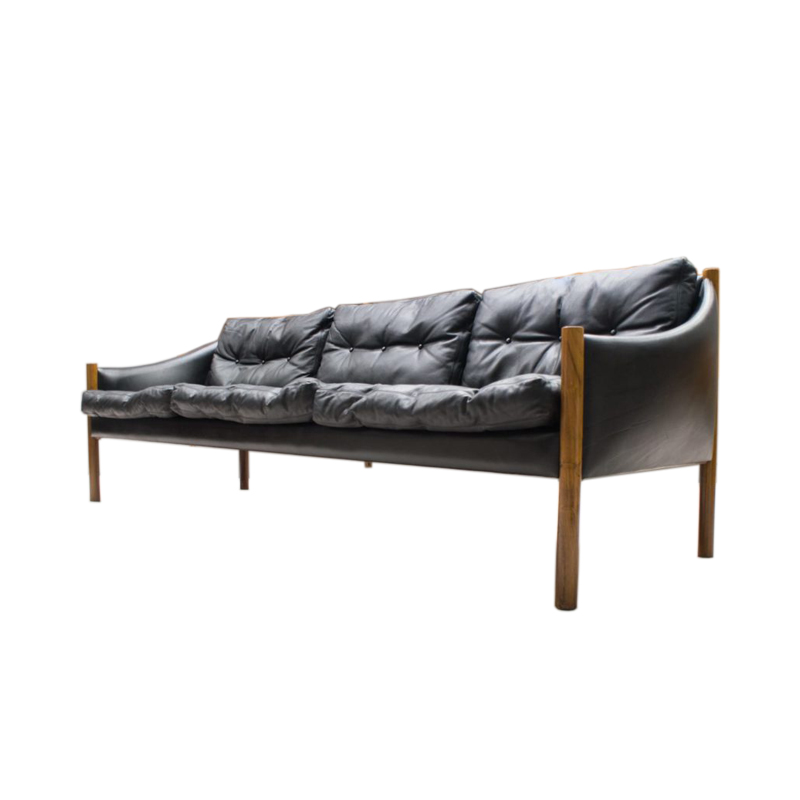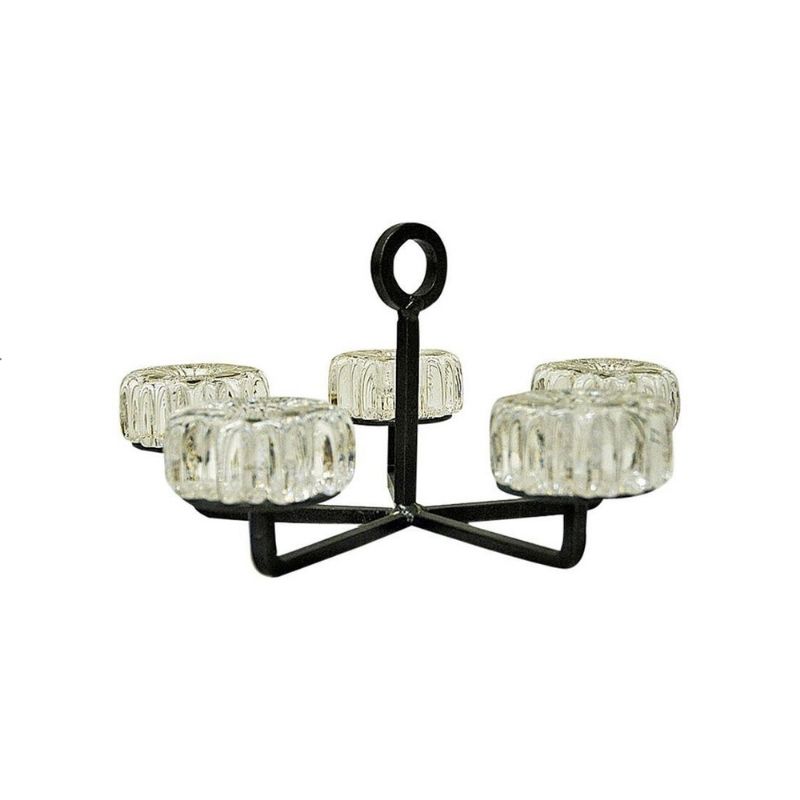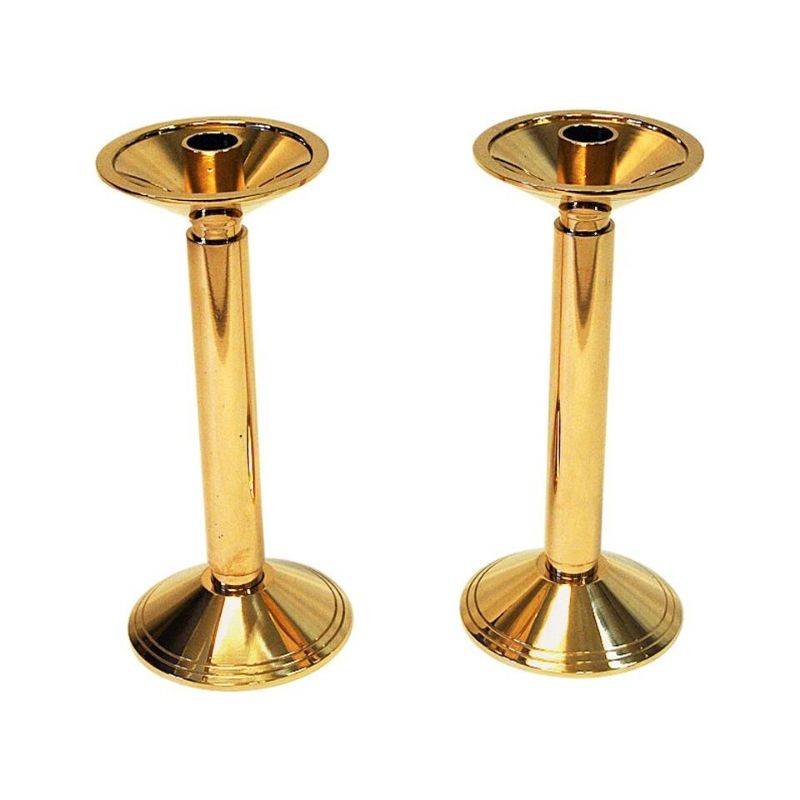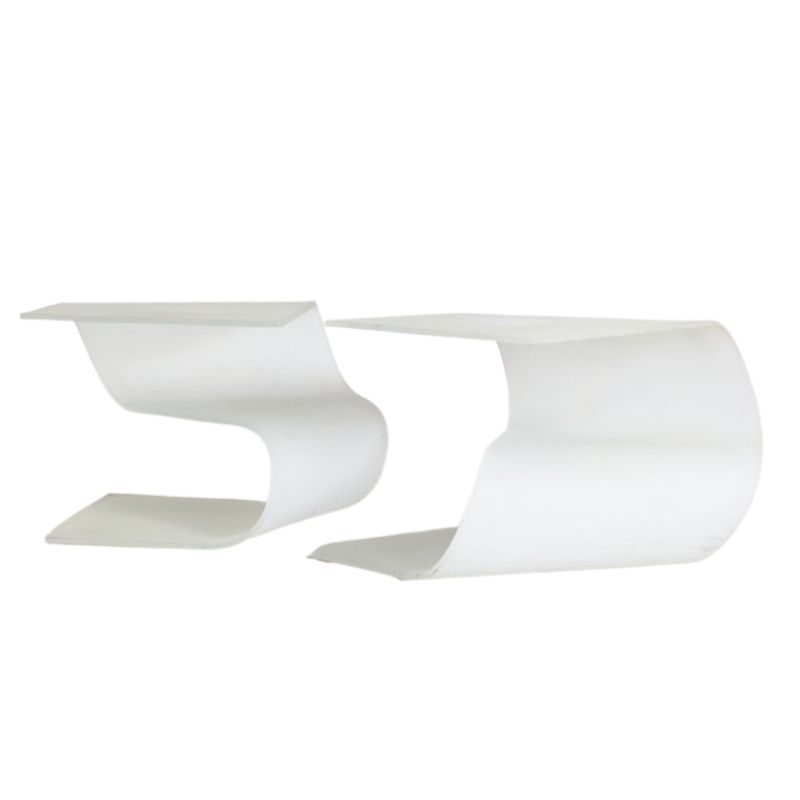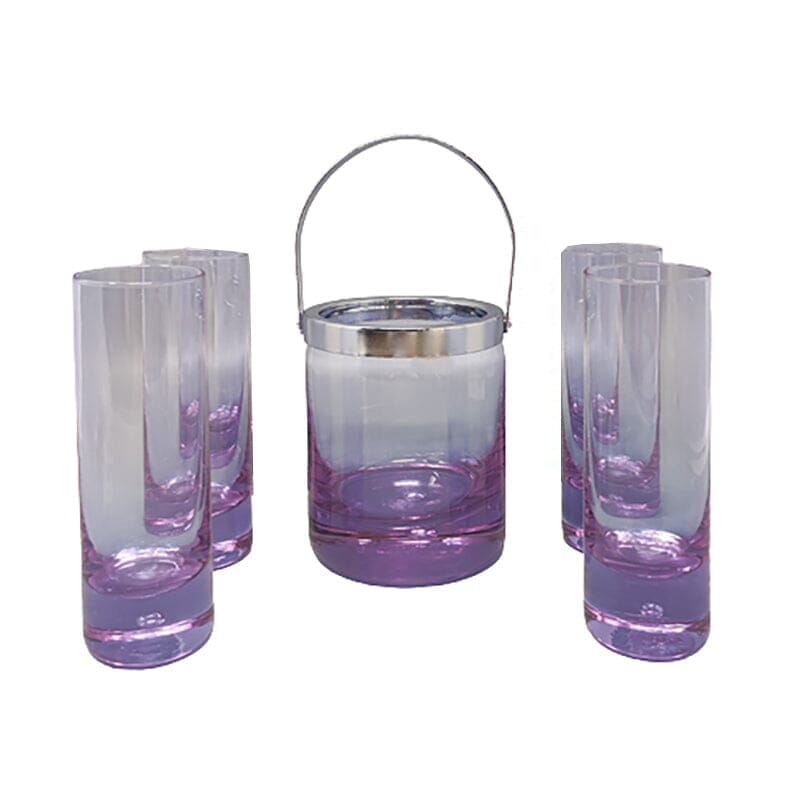Outside back padding enclosed. Outside back padded with original cotton batting. Outside back tacked in place. Outside back hand stitched around perimeter. Cushion pattern pieces.
Forgot to take photos of the re-assembly of the cushion. It is perhaps the hardest part of the whole chair, which is saying something, as the rest of the chair is quite difficult to re-upholster on its own.
It was no problem at all to machine stitch with my normal sewing machine. The inside back with the arching darts was all stitched in 45 minutes or so. I thought it was going to be much more time consuming just because of prior experience sewing darts in extremely thin slippery fabric making dresses.
You were right that the fabric does not have a lot of give. So stretching it around the inside wings was not easy at all.
It also did something I've never seen before: the fabric relaxed 24 hours after stretching it around that curve. It had been more tight against its own weave than against the chair. I had to remove those tacks, and pull it tight against the chair and re-tack it.
I don't know what fabric would have less stretch than Maharam Voyage, but I would not attempt it with anything less stretchy in the future. I hit the limit and was lucky.
Hm, maybe Maharam's epingle has a softer nap than other epingles of this type. A lot of mills make this weave and i've worked with some that were really a pain in the ass because of the nap. Interesting.
Was the original welt cut on the straight of grain like you did or was it bias? I think you said that the chair needed less fabric than what is commonly estimated, but maybe that's because bias welt strips eat up a lot. Especially if you want to cut them long to keep seams to a minimum, which might be the case with a bulky fabric on a high end chair like this.
I was mildly surprised that the original welt was NOT cut on the bias. It might have been done that way for parsimony, or to maintain the grain direction. It was cut along the selvedge for the most part. A part of the cushion welting was cut across the fabric. The cushion welting even has a standard diagonal join in it. (I didn't show this in the pattern layout photo as I deferred the cushion until the end). I actually figured out the pattern layout fairly precisely because the factory was nice enough to leave selvedge on various pieces as clues.
So the layout in the photo is, I am reasonably confident, the original factory layout. It requires 4 1/3 yards of fabric.
I am really pleased to have been given such a close-up look of the 'skivvies" and redressing of such an iconic chair. Thanks for documenting and sharing that...
fascinating... and you have my utmost respect for taking it on and persevering to manifest such a well done piece...the family history and the fact that you redid it yourself so professionally is a stellar story for the 'ericson family' ages.
If you need any help, please contact us at – info@designaddict.com



